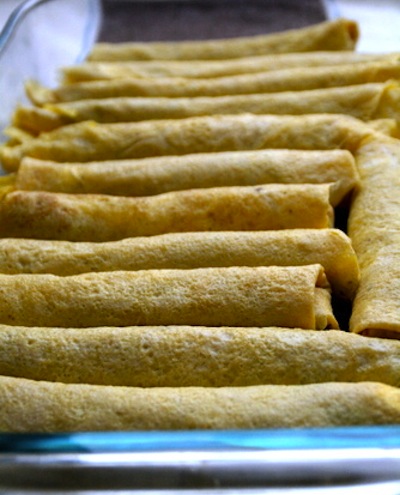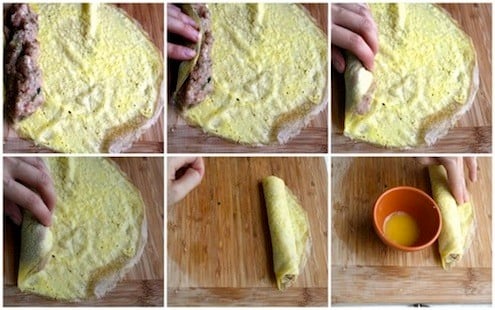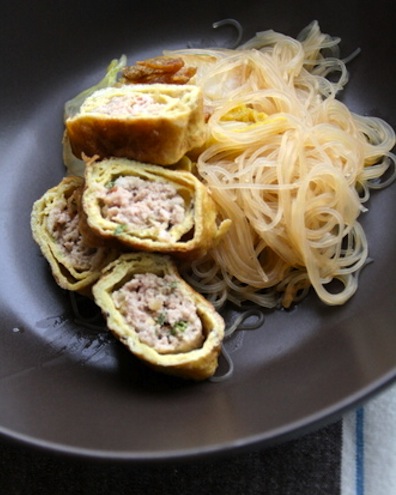Let’s start off this week right. My new cast iron skillet will help!!
Remember a few weeks ago, when I told you how to take ordinary tomatoes and turn them into wonderful, flavorful, slow-roasted mouthfuls of joy? I hope you took my advice.
Breakfast has been an increasing occurence in this household, thanks to yours truly. Recently, over one of these said breakfasts, the DiploMan recalled to me the best baked eggs he’s ever had, which was on a trip to visit me in Brooklyn when we were first dating. I was living in Williamsburg at the time (I’m not a hipster!) and a little joint called Rye had opened up around the corner from my house. In addition to being a beautiful place to have lunch or cocktails, they served up a mean breakfast. The huevos rancheros that the DiploMan ordered that one morning have forever engrained themselves in his memory- and mine, though I was just a jealous bystander in their eggy romance.
More recently, I received Yottam Ottolenghi’s oft-praised book, Plenty, as a birthday present from a very good friend of mine (who I think was reading my mind at the time!). I have flipped through the book plenty of times (no pun intended) since receiving the gift, but was waiting for the ample availability of yogurt, mediterranean spices, grains, and farm-fresh vegetables that the recipes call for before I dove in, headfirst. But when I came across the recipe for Shashuka (p.87) a couple weeks ago, it reminded me of the DiploMan’s dreams of being reunited with his tasty baked egg dish, and I mentally bookmarked the chalenge- er, recipe.
So, this morning, I decided to make these eggs. Inspiration can come from lots of places. From breakfast cravings, a new skillet, an unexpected revelation at brunch, or from a new favorite cookbook. Inspiration can also derive from a gluttonous nature, which is why the eggs are covered with a thick layer of cheese. And for me, inspiration often finds its way onto a plate. Sometimes on a computer screen in written word…but usually on a plate.
Where does your inspiration end up?
Inspired Baked Eggs
Ingredients:
- 1/4 tsp. saffron threads
- 1/2 cup water (plus more for cooking)
- 3 Tbsp. extra virgin olive oil
- 1 red onion, thinly sliced
- 3 shallots, thinly sliced
- 1/4 tsp. paprika
- 1/4 tsp. ground cumin
- 1 small ear corn
- 8-10 roasted tomato halves
- pinch of cayenne pepper
- salt and pepper
- at least 16 oz. (3 cups, loosely packed) spinach, chopped
- 2 eggs
- 1/2 cup shredded cheese, more or less depending on your preferences
Directions:
- Soak saffron threads in 1/2 cup water. Set aside. Preheat oven to 350 F.
- Heat oil in a large cast-iron skillet on high. When steaming, add onions and shallots and saute 5 minutes, stirring constantly until onions are wilted and translucent. Add cumin and paprika, then tomatoes. Smash tomatoes with a wooden spoon and cook for 5 minutes, stirring occasionally.
- Reduce heat to medium. Add corn, cayenne, salt and pepper, and the saffron threads along with their liquid. The skillet should sizzle and let off a good amount of steam. Cook for another 5-10 minutes, stirring and adding tiny amounts of water when the bottom of the pan is dry. The consistency should be like a chunky pasta sauce- more wet than dry. Add spinach leaves and cook for 2 more minutes.
- Turn heat to low. Make 2 small nests for the eggs in the middle of the pan (or one larger nest for both eggs to rest together, if that’s your style), making sure there is a good barrier of spinach, tomatoes, corn, etc. so the egg whites won’t run all over. Carefully crack eggs into the nests, and let them cook on the stovetop for 1 minute. Transfer into the hot oven and let the eggs cook for 3-4 more minutes (for a softer egg yolk), or 5+ minutes for a harder yolk.
- Serve right out of the skillet. Careful! It’s hot!!
Yield: Serves 2 for a hearty breakfast

























